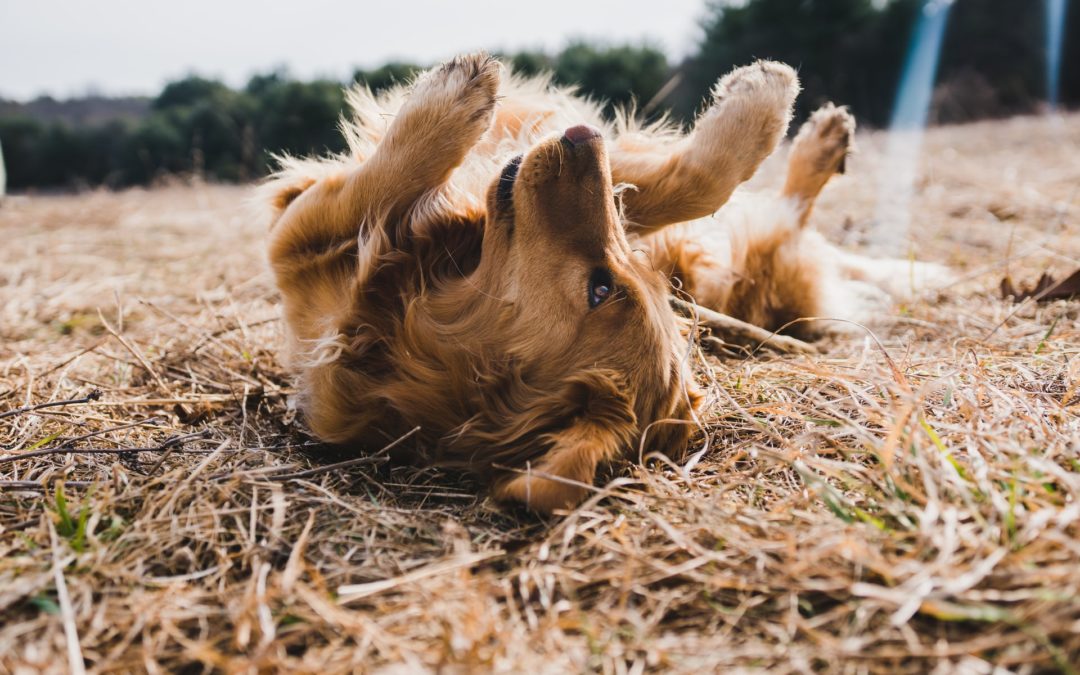You’ve probably experienced bloating after eating a large meal or eating foods that don’t agree with your stomach. For humans, bloat typically isn’t life-threatening. For dogs, on the other hand, bloat is a serious medical condition that can be deadly. We have seen countless cases of bloat in dogs at East Valley Animal Hospital. That’s why we’ve gathered the best tips on how to prevent bloat in dogs.
What Is Bloat in Dogs?
Bloat causes a dog’s stomach to expand with air and narrows its entry and exit. When this happens, your dog can’t vomit up excess food or water or burp to relieve the gas. They also can’t move the contents of their stomach into their intestines. The expansion of the stomach can even press on the lungs, making it difficult to breathe.
One of the biggest concerns with bloat in dogs is that it could cause their stomach to flip. A flipped stomach or Gastric Dilatation-Volvulus, is exactly what it sounds like. A flipped stomach can cause the pancreas and spleen to flip with it. When the stomach flips it cuts off blood flow to vital organs like the heart and lungs and can send your dog into shock. Dogs with symptoms of bloat should be taken to the vet immediately to prevent this from happening.
Symptoms of Bloat in Dogs
Large dog breeds have a much higher risk for stomach bloating, but it can happen in small breeds as well. Catching the problem early on could save your dog’s life. While some of the symptoms of bloat may seem similar to symptoms for other conditions, never take the risk of waiting it out.
Here are the symptoms to look for:
- A swollen or enlarged stomach
- Dry heaving
- Pacing and whining
- Shallow breathing
- Signs of discomfort or pain
Preventing Bloat in Dogs
Because bloat in dogs is so dangerous, preventing it is extremely important. There are numerous causes of bloat, but most revolve around how you feed your dog. Here’s how to avoid bloat in dogs:
- Serve regular small meals throughout the day instead of one large meal.
Scheduled feeding is much safer than free-feeding your dog, and it allows you to monitor how much they eat in a sitting. Some dogs that eat quickly may need to be slowed down with a slow feeder bowl.
- Don’t use an elevated feeder or bowl.
At one time, elevated dog bowls were thought to help prevent bloat in dogs. Recent research has found that this is not true—in fact, an elevated bowl could increase the risk of bloat. Unless your veterinarian specifically recommends an elevated feeding bowl, it’s best not to use one.
- Don’t let your dog eat or drink large amounts before or after exercise.
It’s pretty typical for a dog who just ran around at the park to want to guzzle down water, especially on a warm day. Try to limit this behavior and give your dog small amounts of water at a time. The same goes for food—it is best to wait at least an hour before or after strenuous exercise to feed your dog a meal.
Don’t Hesitate to See Your Local Vet Clinic in Gilbert, AZ
Bloat in dogs needs to be addressed as soon as you see any signs. Even if you are only seeing a single symptom, please, bring your dog in to see a vet just to be sure. At East Valley Animal Hospital, your local clinic in Gilbert, Arizona, we offer both urgent and emergency services. This means we can see your dog even if they do not have an appointment. To reach us, call 480-568-2462, or for non-emergency situations contact us online.
Images used under creative commons license – commercial use (9/27/21). Photo by Michael Oxendine on Unsplash

